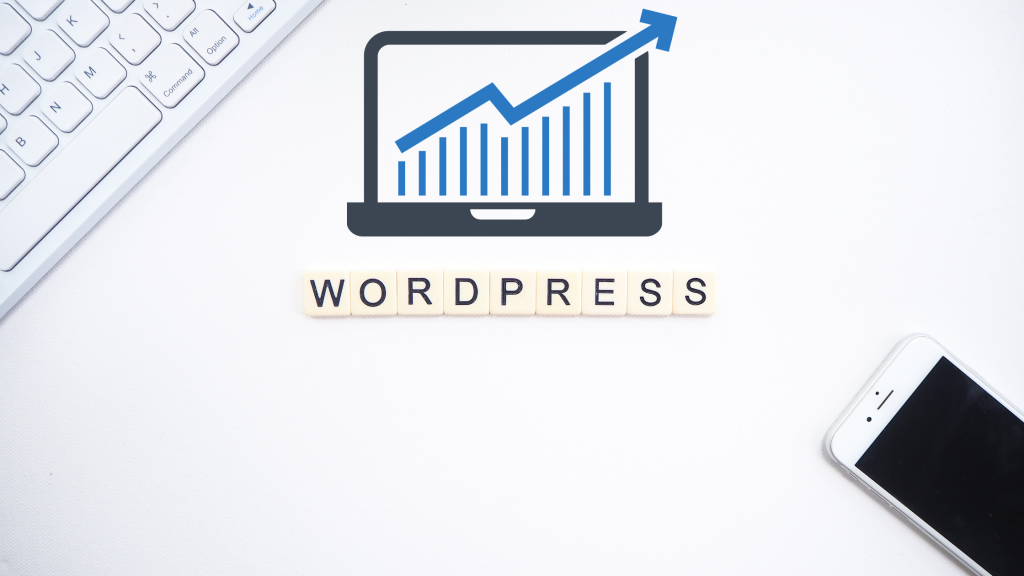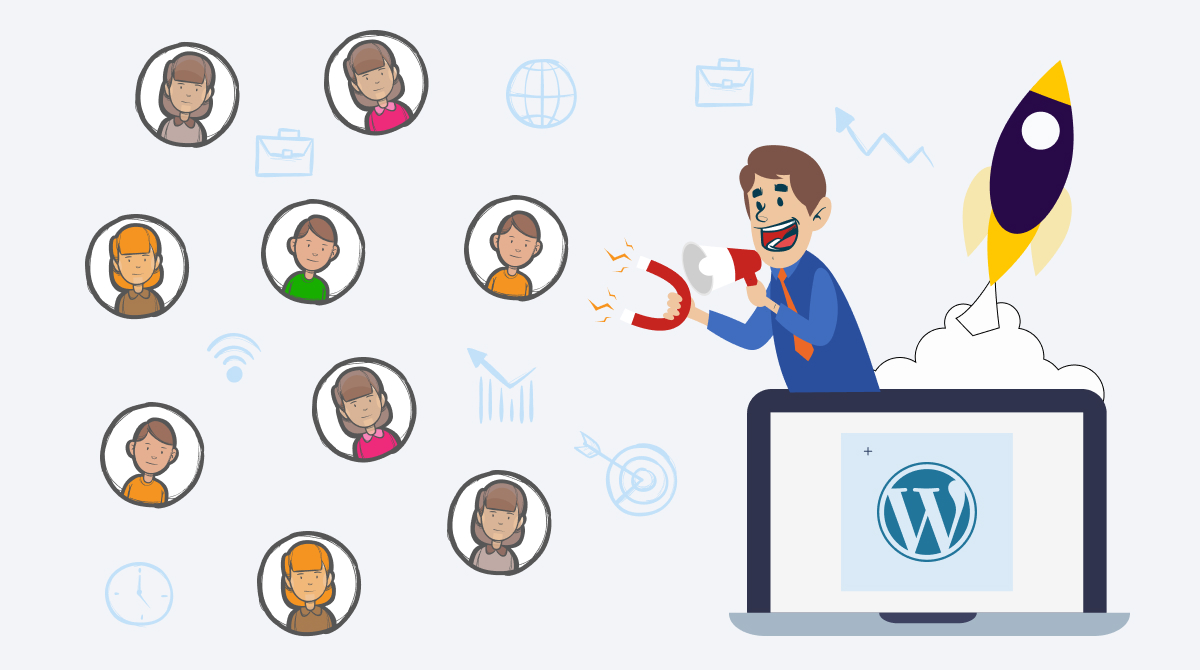WordPress is a popular and versatile content management system (CMS) that powers millions of websites worldwide, ranging from personal blogs to enterprise-level platforms. One common concern among website owners is whether WordPress can handle heavy traffic effectively. In this article, we’ll explore how WordPress manages heavy traffic, its scalability, optimization techniques, and considerations for ensuring optimal performance under high loads.

Understanding WordPress Architecture
At its core, WordPress is built on PHP and uses a MySQL database to store content. When a user visits a WordPress site, the server dynamically generates HTML pages based on the requested content and delivers them to the user’s browser. This process involves executing PHP scripts, querying the database, and assembling the page components.
Scalability Challenges
While WordPress is capable of handling moderate traffic levels out of the box, heavy traffic can pose challenges. Common scalability issues include:
- Server Resources: High traffic can strain server resources, leading to slow page load times or server crashes.
- Database Queries: Intensive database queries, especially on large sites with complex content structures or numerous plugins, can slow down page rendering.
- Caching: Without proper caching mechanisms, WordPress sites may struggle to serve static content efficiently, especially during traffic spikes.
Strategies for Handling Heavy Traffic

- Optimize Hosting Environment: Choosing a reliable and scalable hosting provider is crucial. Managed WordPress hosting services often offer specialized infrastructure optimized for WordPress sites, including automatic scaling and caching solutions.
- Caching: Implementing caching mechanisms can significantly improve performance by serving pre-generated HTML pages instead of dynamically generating content for each request. Popular caching plugins like WP Super Cache or W3 Total Cache can help minimize server load and speed up page delivery.
- Content Delivery Networks (CDNs): CDNs distribute website content across multiple servers worldwide, reducing latency and offloading traffic from the origin server. Integrating a CDN with WordPress can enhance performance and handle traffic spikes more effectively.
- Optimize Images and Media: Large media files can slow down page loading times. Optimizing images and other media assets for the web can reduce file sizes without compromising quality, leading to faster page loads and reduced server load.
- Database Optimization: Regular database maintenance, such as optimizing queries, removing unnecessary data, and indexing tables, can improve database performance and responsiveness, especially under heavy traffic loads.
- Content Offloading: Offloading resource-intensive tasks, such as video hosting or file downloads, to third-party services or cloud platforms can reduce server load and improve scalability.
- Load Balancing: Distributing incoming traffic across multiple servers can improve reliability and scalability. Load balancing solutions automatically route requests to the least busy server, ensuring optimal resource utilization.
WordPress Plugins for Performance Optimization

Numerous plugins are available to optimize WordPress performance and scalability:
- Caching Plugins: As mentioned earlier, caching plugins like WP Super Cache, W3 Total Cache, or WP Rocket can improve performance by caching static content and reducing server load.
- Image Optimization Plugins: Plugins such as Smush or Imagify automatically compress and optimize images, reducing file sizes and improving page load times.
- Database Optimization Plugins: Tools like WP-Optimize or WP Sweep can help clean up and optimize the WordPress database, improving efficiency and performance.
- CDN Integration Plugins: Plugins like Cloudflare or Jetpack offer seamless integration with popular CDN services, simplifying the setup process and enhancing website performance.
Monitoring and Scaling
Continuous monitoring of website performance and traffic patterns is essential for proactive scalability. Tools like Google Analytics, New Relic, or WordPress-specific plugins like Jetpack provide insights into site traffic, performance metrics, and potential bottlenecks.
Scalability can be achieved through vertical scaling (upgrading server resources) or horizontal scaling (adding more servers). Cloud hosting platforms like Amazon Web Services (AWS), Google Cloud Platform (GCP), or Microsoft Azure offer scalable infrastructure solutions that can accommodate varying traffic loads.
Conclusion
While WordPress is inherently capable of handling heavy traffic, proper planning, optimization, and infrastructure are necessary to ensure optimal performance under high loads. By implementing caching, leveraging CDNs, optimizing resources, and monitoring performance, WordPress websites can effectively scale to accommodate growing traffic demands. Additionally, choosing a reliable hosting provider and staying informed about best practices and emerging technologies are key to maintaining a high-performing WordPress si
